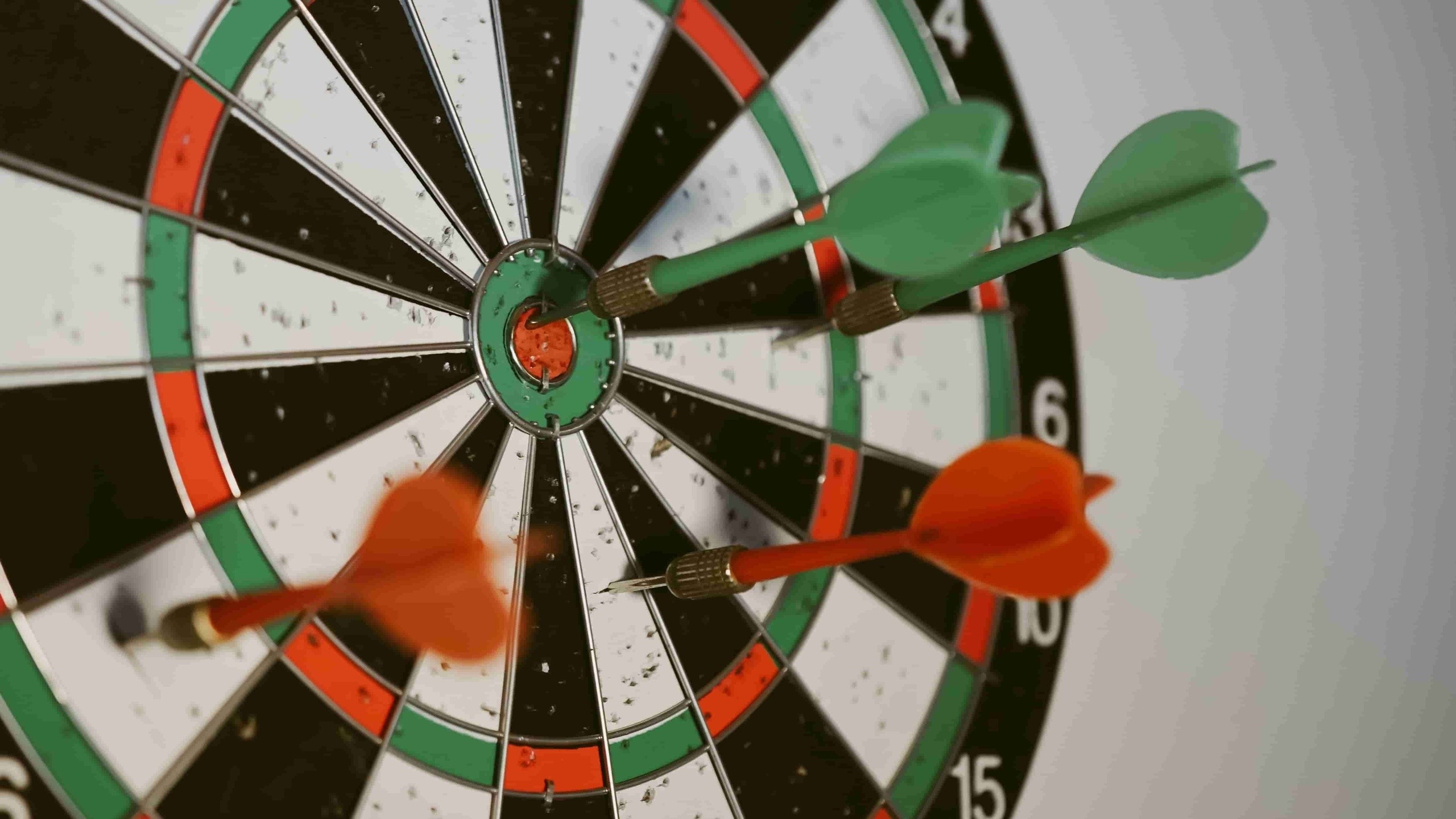Behavioral Phenotyping
One-size-fits-all approaches rarely work. Through our prior research, we have found distinct phenotypes respond differently to varying behavior change techniques.

Key learnings from our research and consulting projects
Clinician Phenotyping
Practice size, panel size, and specialty are just a few examples of differences in a physician’s persona that can influence how well a nudge might perform for a given individual. Since a variety of factors can influence how a nudge is received, identifying these factors and then creating different, tailored interventions can optimize outcomes. Here are a few key learnings from our prior work in this area.

Go broad before narrowing
In a project looking to predict influenza vaccination, we found patient, visit-level, temporal, provider, and weather variables can all significantly predict vaccination status. Taking these factors into consideration could help design targeted interventions to differing groups.
Less is better
Working with a large pharmaceutical company, we helped identify four key physician phenotypes from multiple data sources. We then designed tailored nudges that would best match each of these phenotypes in an effort to drive increased clinician engagement over current marketing efforts.
Selected publications
- Patient, Physician, and Environmental Predictors of Influenza Vaccination During Primary Care Visits.
- Association between behavioral phenotypes and response to a physical activity intervention using gamification and social incentives: Secondary analysis of the STEP UP randomized clinical trial.
Patient phenotyping
Lifestyle, social determinants of health, personality, and chronic disease can all be factors in determining a patient’s uptake of healthy behaviors.
Tailor interventions
We have demonstrated in prior work that sociodemographic, behavioral and psychological factors can be used to identify different behavioral phenotypes who respond differently to interventions. Knowing such phenotypes exist, programs can be targeted for optimal success.
Actionable data
The more, the better. Combining data from multiple sources - sales, marketing, clinical, census and more is key to understanding underlying patterns. We have worked with multiple organizations to then winnow down these large datasets to understand what truly matters and more importantly, what is actionable.
Selected publications
- Association between behavioral phenotypes and response to a physical activity intervention using gamification and social incentives: Secondary analysis of the STEP UP randomized clinical trial.
- Association of Behavioral Phenotypes With Changes in Sleep During a Workplace Wellness Program.

© 2025 Catalyst Health LLC. All rights reserved.